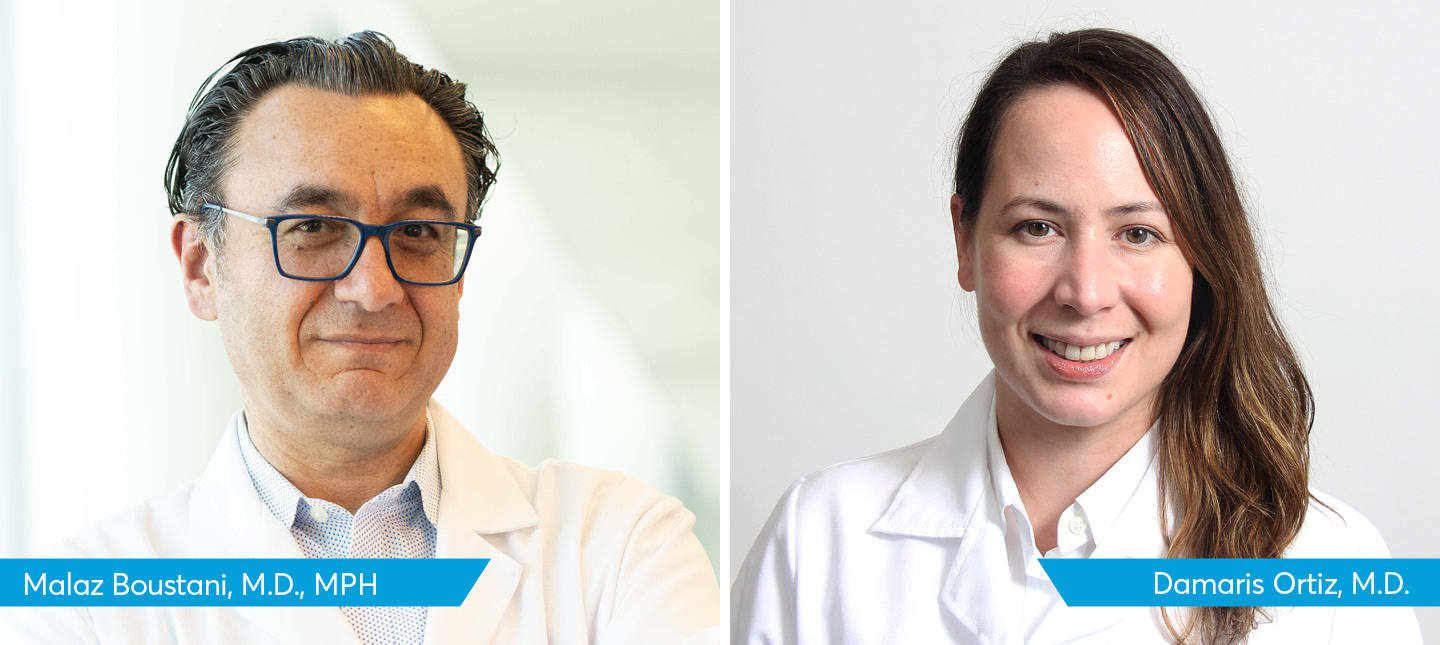Malaz Boustani, M.D., MPH, describes the concept of a “trauma medical home” model of care for older adults with depression and anxiety who experience injuries and need a much longer and more coordinated recovery period.
Transcript:
Older injury survivors — those who came into the injury with pre-existing mental health conditions such as depression or anxiety — their sensitivity to any kind of injury, is very, very high. Their recovery currently will be suboptimal if the healthcare system is not able to deliver comprehensive six-month care coordination to support their recovery, and hopefully it won’t stop at the usual — which is maybe 3 to 6 days in general, followed by 30 days of rehab. And we think the recovery needs to be much longer than that, at minimum six months and maybe even for certain populations, 12 months.
Dr. Boustani describes how establishing trauma medical homes for older injury survivors can help healthcare systems provide high value that translates to financial advantage.
Transcript:
Right now there is a lot of pressure on healthcare administrators to provide value, not just fee for service. The big value is to improve the quality of care, not just during the hospital stay but during recovery time. We know that there’s been an experiment of accountable care organizations trying to improve quality of care and patient experience and patient health outcomes. And this, in particular, Trauma Medical Home will help such accountable care organizations to save money or make money by delivering a good quality of care, a great experience to the patients and improving their health outcomes. In this case, they’re speeding up and optimizing their recovery, and by doing so, I think you will create what we call the quadruple aim, which is better health, great quality and safe quality, great experience, not just for the patient, but also for the clinician. And that will translate to financial advantage.









